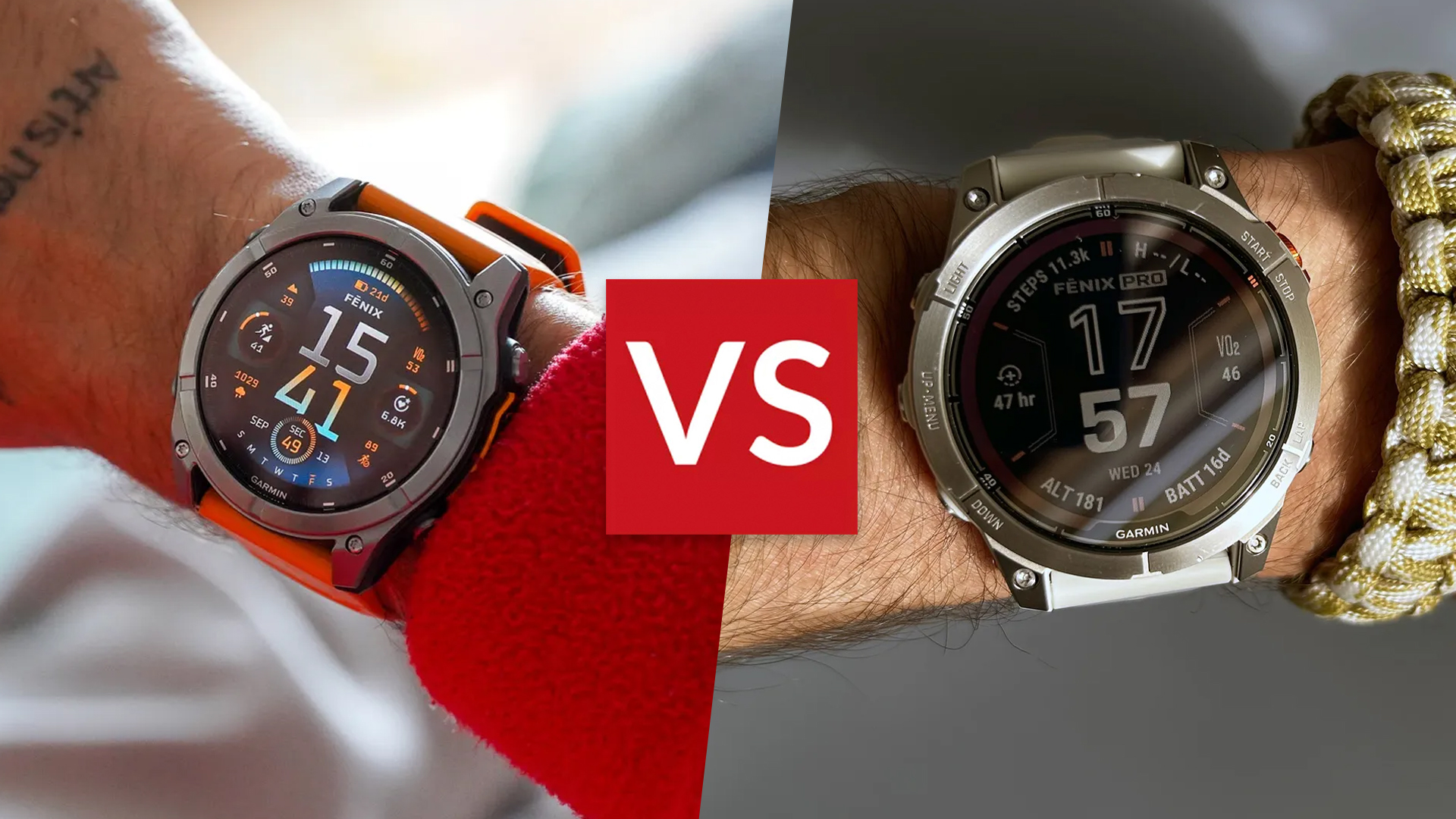

In today’s fast-paced world of tech, the once mighty Garmin Fenix 7 is now considered old hat, at least since Garmin launched an all-new model with plenty of enticing features designed to tempt owners to upgrade and newcomers of the brand to part with serious sums of cash.
As a gentle reminder, the Fenix has long been one of the best outdoor watches and has stood as one of the most premium models in the brand's extensive smartwatch lineup. Designed to accompany folk on long, arduous adventures while offering serious GPS-based navigational assistance, Fenix smartwatches can track every conceivable performance metric along the way.
Whether you are a fan of water sports, diving in ghostly chasms, or exploring the world’s tallest peaks, the Fenix has been designed to excel in all environments. Plus, the classic, almost horological take on the bezel design means it also doesn’t look out of place at a swanky evening function.
Despite launching a Garmin Fenix 7 Pro model in May 2023, the brand has seen fit to pinch elects from its wider smartwatch range and shoehorn them into the latest Garmin Fenix 8, which includes a crisp AMOLED display, the latest sensor suite, and a host of new design touches.
As a result, the original and entry-level Fenix 7 models do look a little long in the tooth by comparison; should you upgrade, though? Or is it worth sticking with what you’ve got?
Even for those that are new to the Garmin Fenix game, there is a choice to be made, as the potential to make huge savings by opting for the previous generation is very real and, as you’ll find out, you won’t be missing out too much.
Garmin Fenix 8 versus Garmin Fenix 7
Price and availability
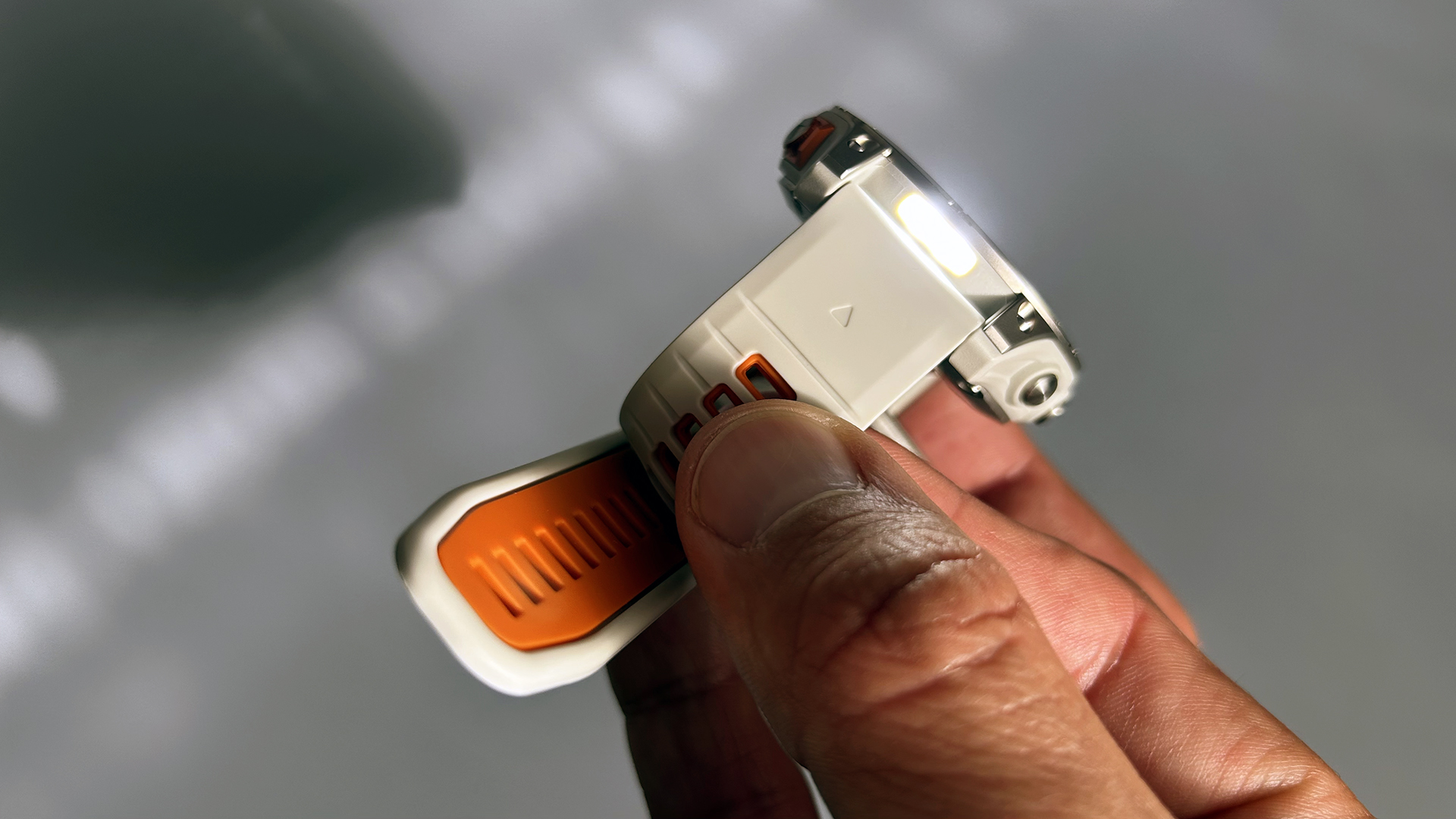
Garmin Fenix 7 Pro sporting the physical flashlight
The Fenix lineup has always been one of the most difficult to navigate, with seemingly endless bezel sizes, displays, solar options, and Pro models that represent the latest in Garmin’s technological advancements.
Sign up to the T3 newsletter for smarter living straight to your inbox
Get all the latest news, reviews, deals and buying guides on gorgeous tech, home and active products from the T3 experts
For example, the Fenix 7 was eventually offered in Standard, Solar, Sapphire Solar, Pro Solar and Pro Sapphire Solar guises. Depending on the model, these could then be optioned with either a 42mm, 47mm or 51mm bezel.
Head to the Garmin UK, Garmin US or Garmin AU, and it’s a mixed bag whether you can actually buy the smallest, 42mm Fenix 7S Standard model anymore.
It’s still available in the US priced at $649.99, while the likes of Decathlon in the UK stock it for £385.99, while Amazon AU has it for AU$655.83 - a bargain whichever way you cut it.
Solar and Sapphire Solar models are also missing from both the UK and Australian websites, with only Garmin US still stocking the 47mm Sapphire Solar for $799.99.
Step up to Pro Solar, which introduces solar charging and a new heart rate sensor on the back, and it becomes a lot easier to find one at Garmin UK, Garmin US and Garmin AU. These cost £739.99/$799.99/AU$1,349 respectively.
The range-topping Pro Sapphire Solar, with the hardier sapphire crystal lens, costs £899.99/ $899.99/ AU$1,699, but there are a number of outlets, including Curry’s, Argos and Decathlon that sell the Fenix 7 for cheap.
Navigating the Fenix 8 model line-up is slightly easier, purely because there is slightly less choice… for now. See Garmin UK, Garmin US and Garmin AU for reference.
Prices start at £949.99/ $999.99/ AU$1,699 for the 43mm bezel, AMOLED display model. There is also the choice of a 47mm AMOLED model, costing £949.99/ $1,099.99/ AU$2,199.
If you have extra large wrists and require the largest 51mm bezel AMOLED version, you will have to stump up £1,199.99/$1,199.99/AU$2,199.
If battery life is your main concern, it’s worth checking out the Fenix 8 Solar, which comes in either the 47mm bezel size, which costs £1,039.99/ $1,099.99/ AU$1,849, or the larger 51mm option at £1,039.99/ $1,199.99/ AU$2,049.99.
Design and build quality
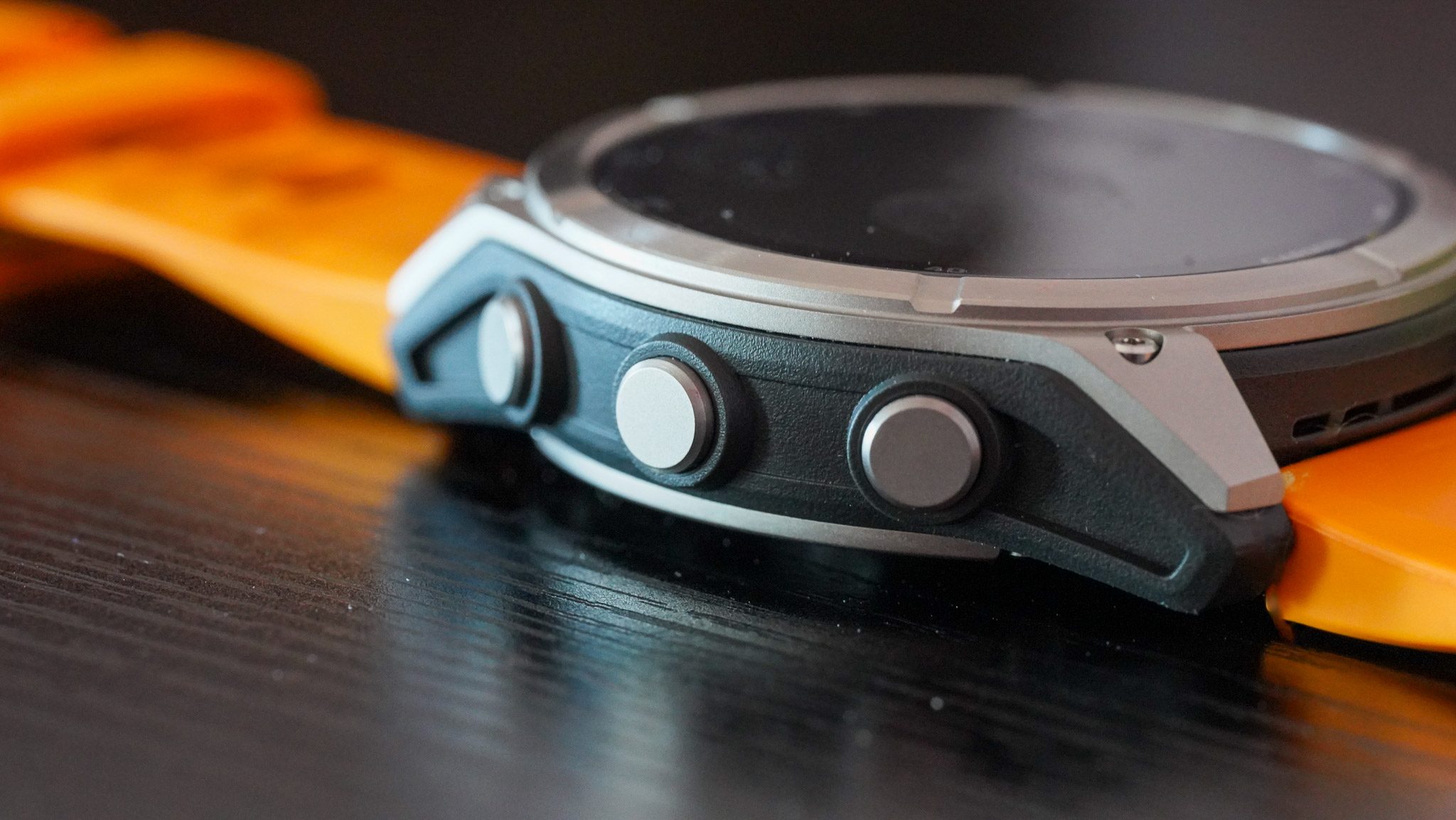
The Garmin Fenix 8 ditches the mechanical buttons
Both the Fenix 7 and Fenix 8 are marketed as rugged outdoors smartwatches, so both are built to handle extreme environments. Having rigorously tested both models, we can honestly say that they among the toughest and longest-lasting fitness watches out there.
The Fenix 8 ushers in a few new touches that apparently add to its performance out in the field, including an additional sensor guard that now covers some of the vitals at the side of the watch. How much difference this makes, we can’t really say. But it looks cool.
In addition to this, Garmin has moved away from mechanical buttons in the latest iteration of Fenix, which also brings with it the ability to offer proper diving features. Although both have an official water rating of 10ATM, the Fenix 8 is certified for depths of up to 40m.
This is thanks to those buttons and the lack of mechanical connection, as the leakproof inductive technology means the company could do away with seals and O-rings that can potentially fail and allow water to seep in.
The other pretty obvious difference is the introduction of a super crisp and equally bright AMOLED touchscreen on the Fenix 8, which is so much clearer and easier on the eye than the memory-in-pixel display Garmin has relied on for so long.
With the new display comes a revised user interface, which will look broadly similar to those already deeply embedded in the Garmin ecosystem, but it is altogether more graphical in its approach. The animations are smoother, and the overall visual results are more in line with something like the Apple Watch Ultra 2 than previous generations.
However, for those who use their watches for serious endurance endeavours or timing triathlons and whatnot, having a super crisp modern display isn’t a dealbreaker, and the one found on the Fenix 7 is perfectly good enough.
What’s more, the AMOLED display also means the smallest bezel size in the Fenix 8 is 43mm, as opposed to the 42mm option in the 7S and the 7 Solar models. Battery life is also impacted by the latest screen technology, as lots of interaction drains it much faster.
For those who really want to go the distance, the Fenix 7 Solar can still hold its own. But more on battery life later.
Features

Garmin Fenix: adventure ready
Hopefully, you are fairly well versed in what the Garmin Fenix lineup offers in terms of features because the list requires a mammoth article of its own.
If we are to directly compare the previous generation with the Fenix 8, it’s wise to mention that non-Pro versions of the Fenix 7 feature Garmin’s previous generation heart rate sensor. It’s just not as accurate or quick to react to changes in heart rate as the latest generation, found in 7 Pro and the latest Fenix 8 model.
Similarly, the Fenix 8 utilises a multi-band GNSS chipset, which significantly enhances its performance in tracking location, even in challenging environments like dense forests or urban areas with tall buildings.
The maps are also much easier to interact with thanks to that crystal clear AMOLED, not to mention the fact they simply look a lot better. This new GPS chipset also means it locks on to satellites much faster than previous generations ever could.
Garmin also introduced a built-in LED flashlight when it launched the Fenix 7 Pro, which is a very handy addition and saves you from fumbling for a smartphone in the dark. It’s much brighter on the Fenix 8, although Garmin doesn’t provide the statistics to work out by how much. There’s no flashlight on the Fenix 7 Standard edition.
Alongside the previously mentioned AMOLED display, the diving features and the additional protection around the sensors, Garmin has also ushered in a microphone and speaker array that allows users to connect to a smartphone and make calls off the wrist.
It also allows more smartphone interaction than other Garmin models on sale, including Apple Watch users. A Phone Assistant function allows you to interact with your favoured smart assistant, while a Voice Command option can be used to instruct the watch to perform actions.
Battery life
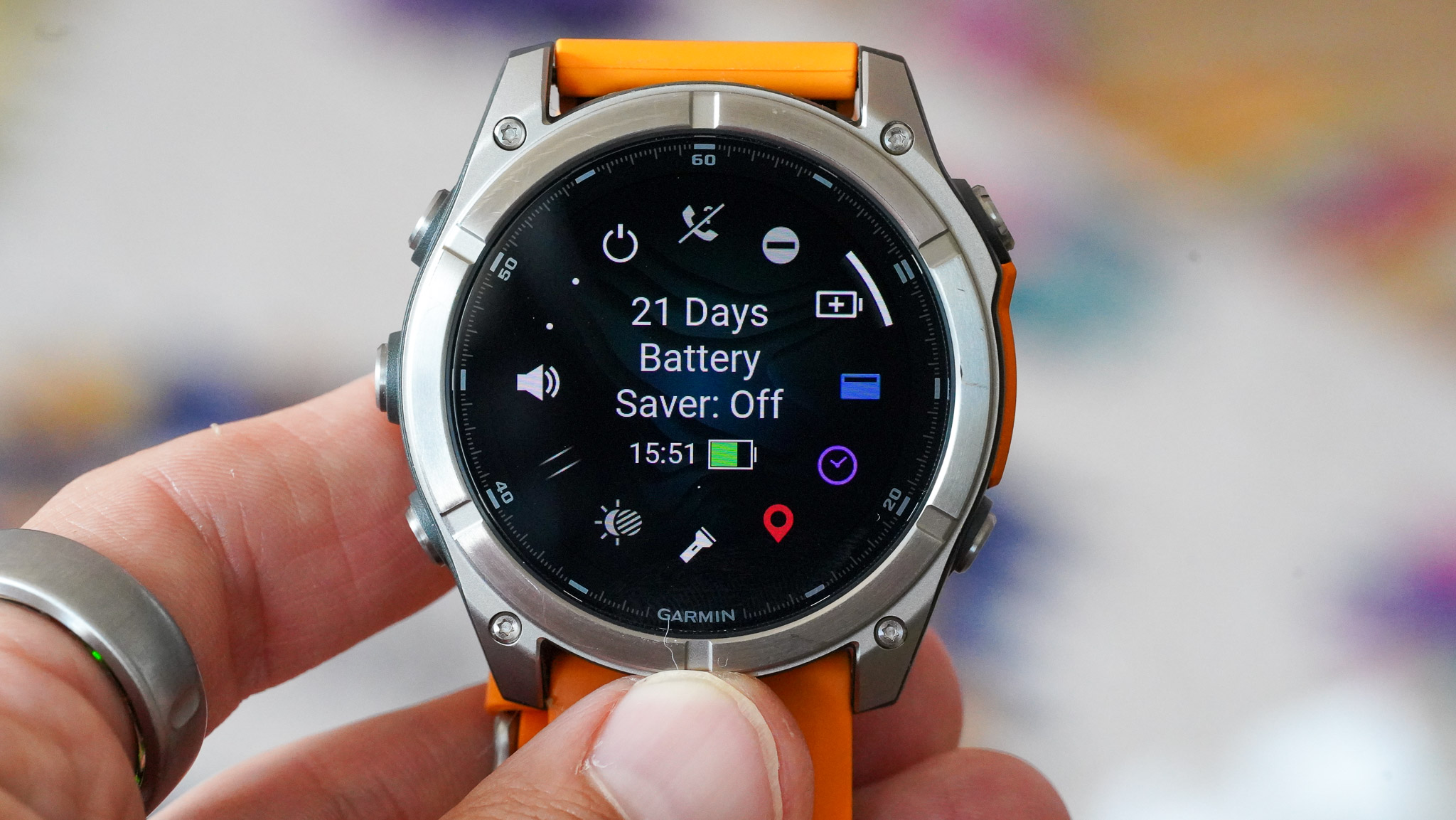
If you are used to owning one of the best smartwatches, you’ll be pleasantly surprised by the battery life on both the Fenix 7 and the Fenix 8. Even without solar charging adding to battery life, the latest generation AMOLED Fenix can manage up to 29 days in smartwatch mode.
The entry-level Fenix 7 isn’t quite as impressive, as that can run for 11 days in smartwatch mode, but seeing as the Pro Solar models are currently so cheap, it is probably fairer to compare these models, which can run for 14 days with sunlight.
That said, the latest Fenix 8 Solar blows everything out of the water with its 48 days of runtime in smartwatch mode, provided you have enough sunlight to keep it topped up.
Perhaps more importantly, we should look at the “All Satellite Systems + Music” battery life figure, which gives a good indication of the absolute worst-case scenario. With regards to the Fenix 8, that figure is 18 hours, but with the Fenix 7 Pro Solar, that figure drops to just 7 hours.
Verdict
The Fenix 8 is a unique case, in so much as it borrows so many elements from other watches in the Garmin stable. The fact it sports the AMOLED display effectively makes the Garmin Epix Gen 2 redundant now.
In this respect, it now sits at the top of the pile among some of the best Garmin watches on sale and, thanks to this, sports an equally eye-watering price tag to suit. It is clearly better than the Fenix 7 it replaces, but is it really worth the extra money?
If you consider the savings available on the previous generation, the improved screen clarity, faster GPS performance, and increased battery don’t really seem enough to justify the massive additional outlay. You can almost buy two Fenix 7 Pro Solar models for what a new Fenix 8 Solar costs.
So, if you already own the Fenix 7 and you are happy with it, keep it on the wrist. There’s no need to dash out and spend more of your hard-earned cash. But if you are looking for a brand new model, we highly recommend the Fenix 8.
However, and this is a big however. If you really want the best battery life in the game and you’re ok with a MIP display, it’s worth looking at the latest Garmin Enduro 3. It is cheaper, lighter and more ready to go the distance than the Fenix 8 while still packing most of the latest features.
You can say a lot about Garmin, but you can’t accuse the brand of not offering enough choice.
Leon has been writing about automotive and consumer tech for longer than he cares to divulge. When he’s not testing the latest fitness wearable and action camera, he’s out in a shed fawning over his motorcycles or trying not to kill himself on a mountain bike/surfboard/other extreme thing. He's also a man who knows his tools, and he's provided much of T3's drills coverage over the years, all without injuring himself.
-
 3 best PS5 games you've probably never heard of
3 best PS5 games you've probably never heard ofItching for something new to play on your PS5? Don’t let any of these escape your attention for any longer
By Matt Tate
-
 Instagram Edits is now available for iOS and Android, free and can do cool stuff – but what is it?
Instagram Edits is now available for iOS and Android, free and can do cool stuff – but what is it?Here's everything you need to know about Instagram Edits and how to sign up
By Britta O'Boyle
-
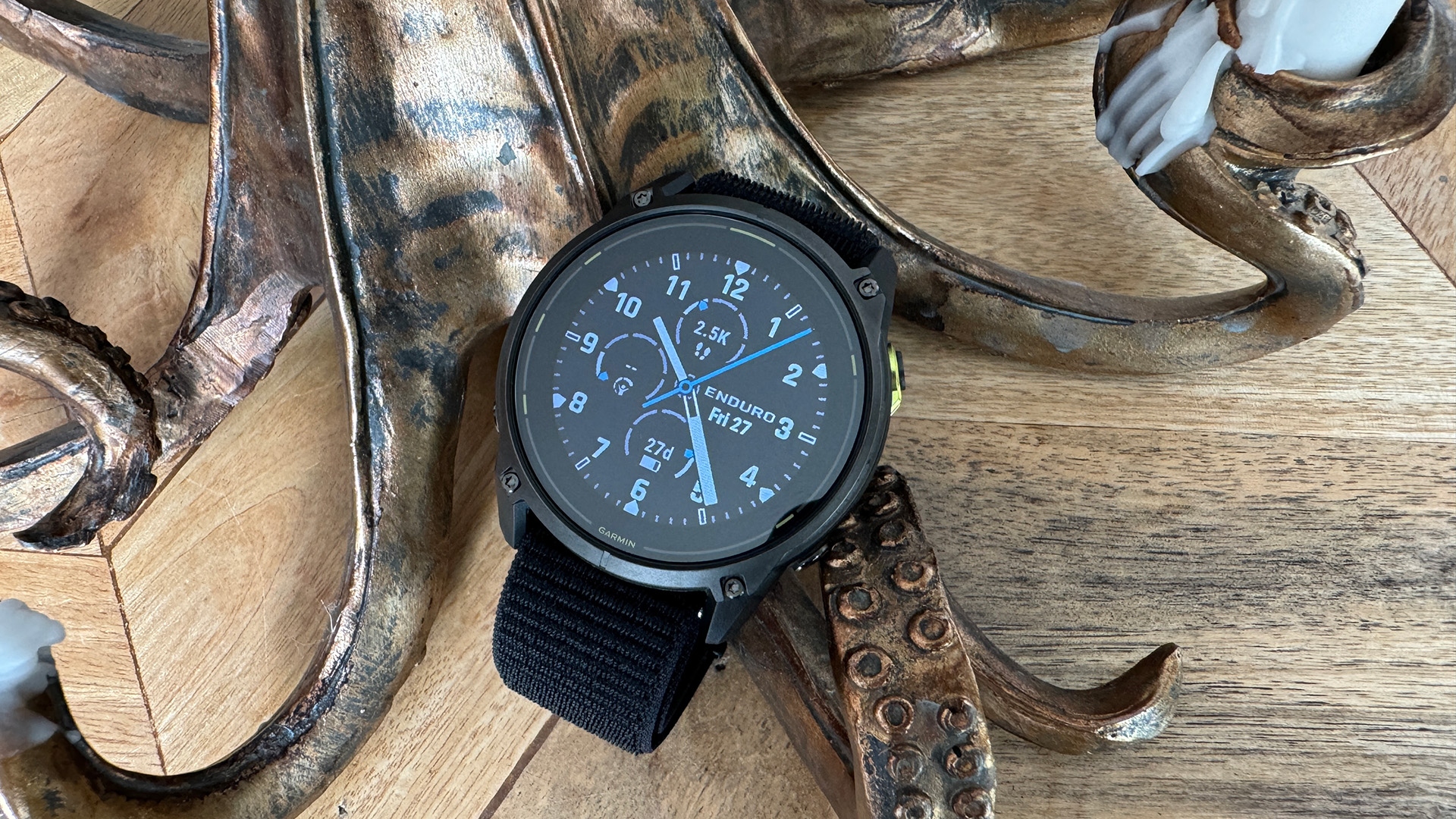 Garmin’s flagship watches just got smarter – here’s what's new in the latest beta update
Garmin’s flagship watches just got smarter – here’s what's new in the latest beta updateFenix 8, Enduro 3 and Fenix E all get a boost with Garmin’s latest beta software
By Lee Bell
-
 This massive Garmin Fenix 7 deal at Amazon just made your next adventure cheaper
This massive Garmin Fenix 7 deal at Amazon just made your next adventure cheaperYou can save $220 at Amazon right now!
By Matt Kollat
-
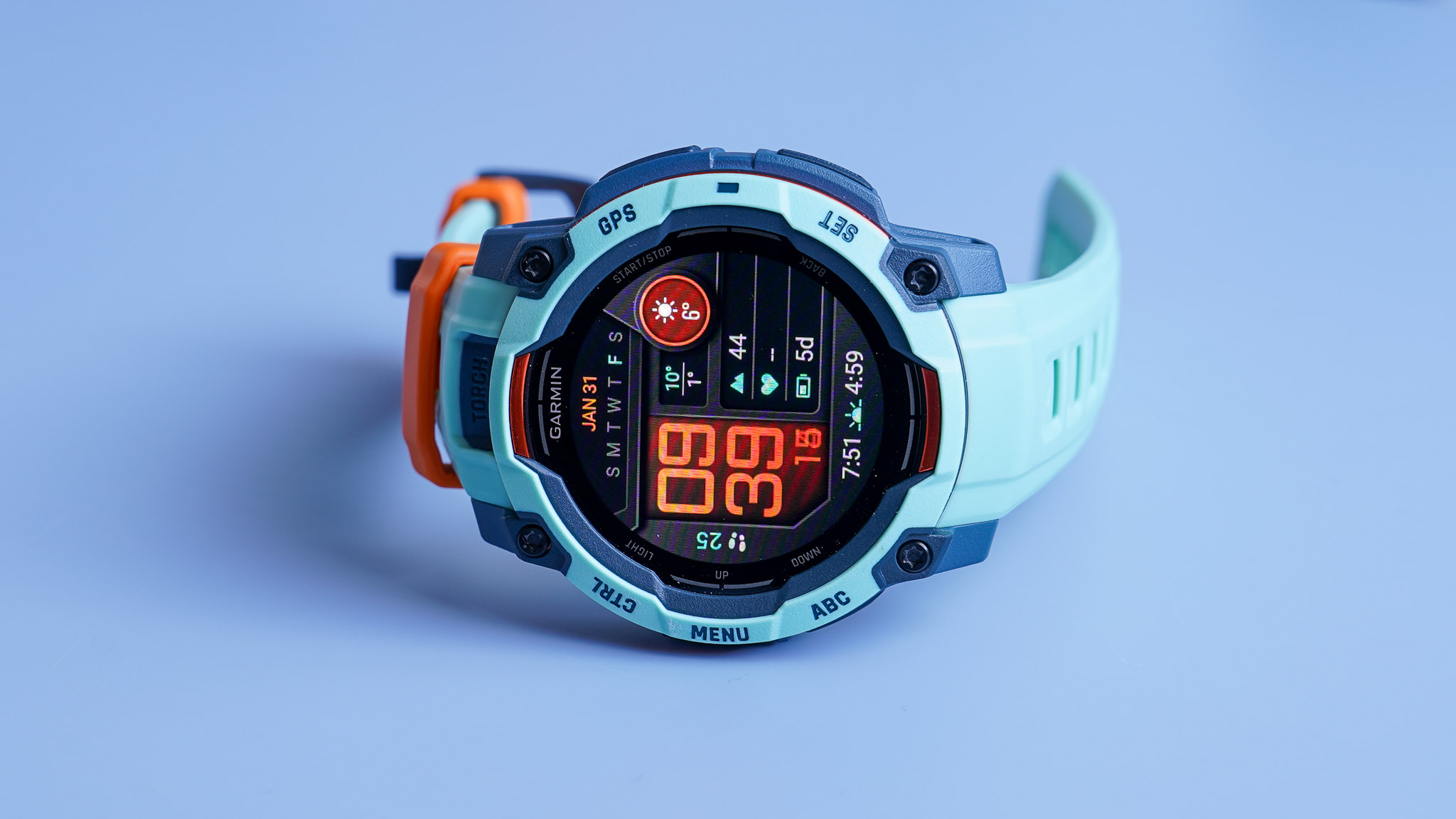 Garmin Instinct 3 review: A fun, tough Fenix alternative with a twist
Garmin Instinct 3 review: A fun, tough Fenix alternative with a twistLove G-Shock vibes but need smart features? This is the adventure watch for you
By Matt Kollat
-
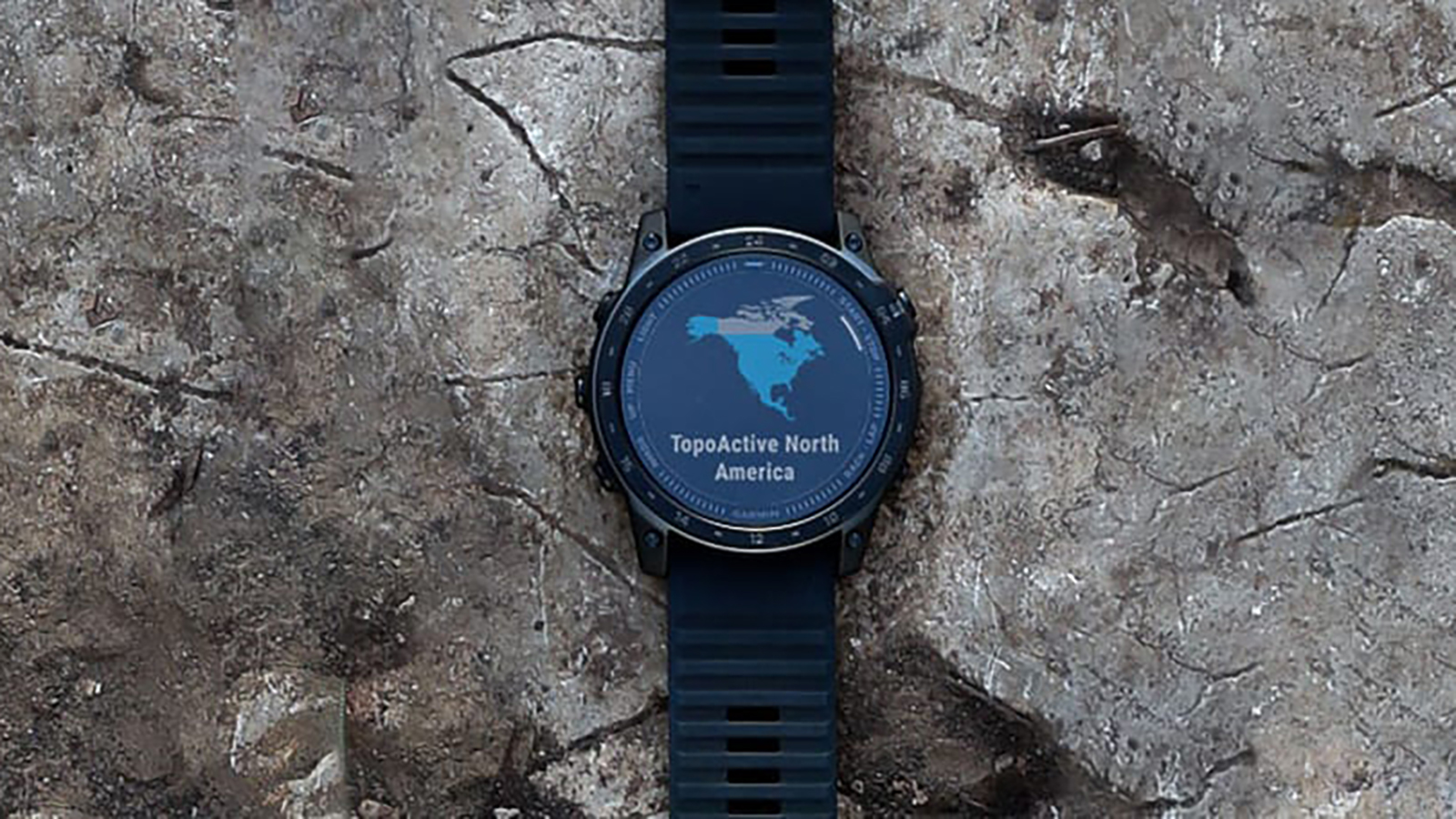 Your Garmin watch might be bricked with the "blue triangle of death", but a fix is on the way
Your Garmin watch might be bricked with the "blue triangle of death", but a fix is on the wayHere's what is currently being suggested and how to fix
By Britta O'Boyle
-
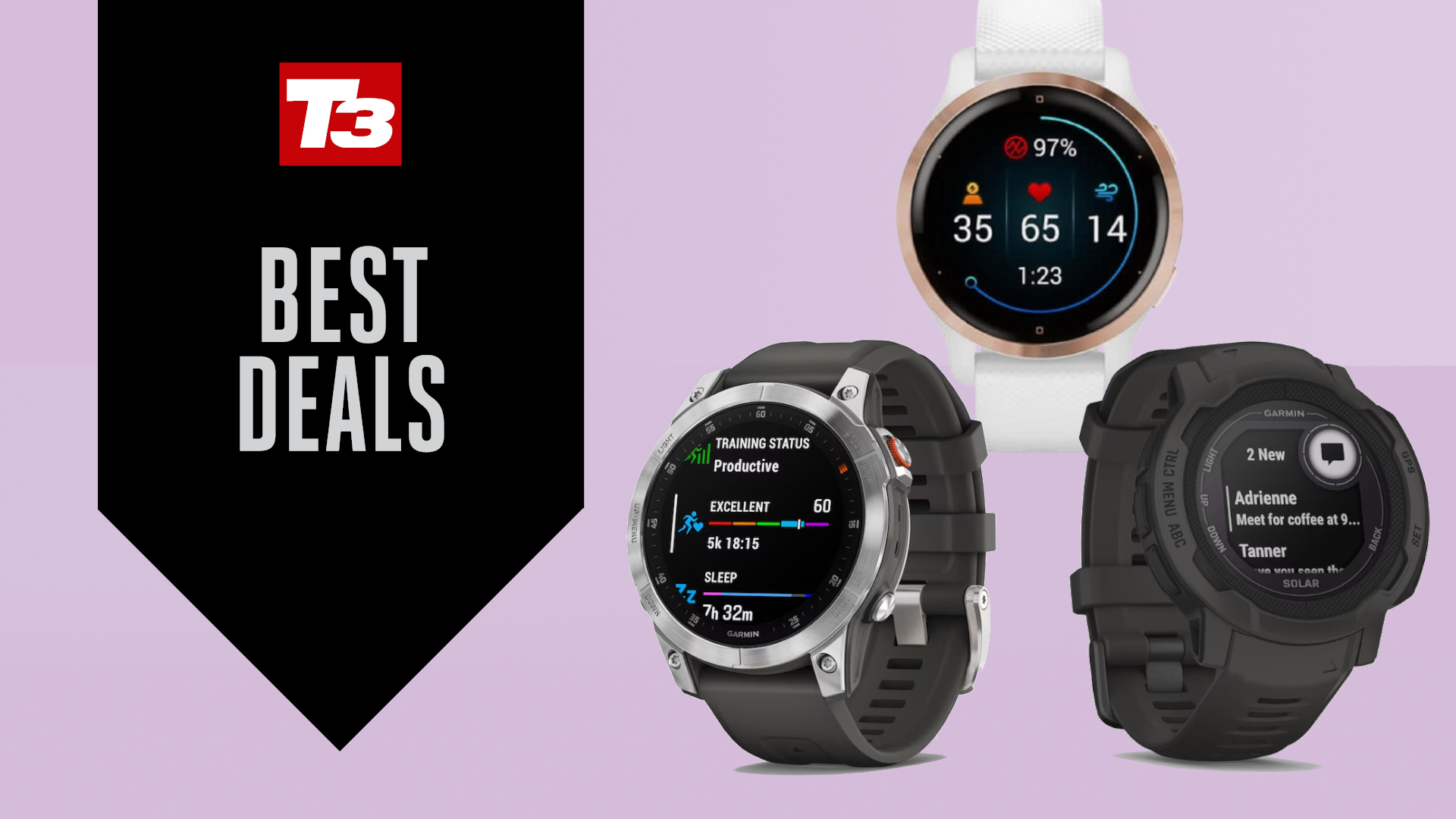 H Samuel has a massive Garmin sale with up to 50% off — 3 deals I’d buy
H Samuel has a massive Garmin sale with up to 50% off — 3 deals I’d buyLooking to score yourself a new fitness tracker? Step this way
By Bryony Firth-Bernard
-
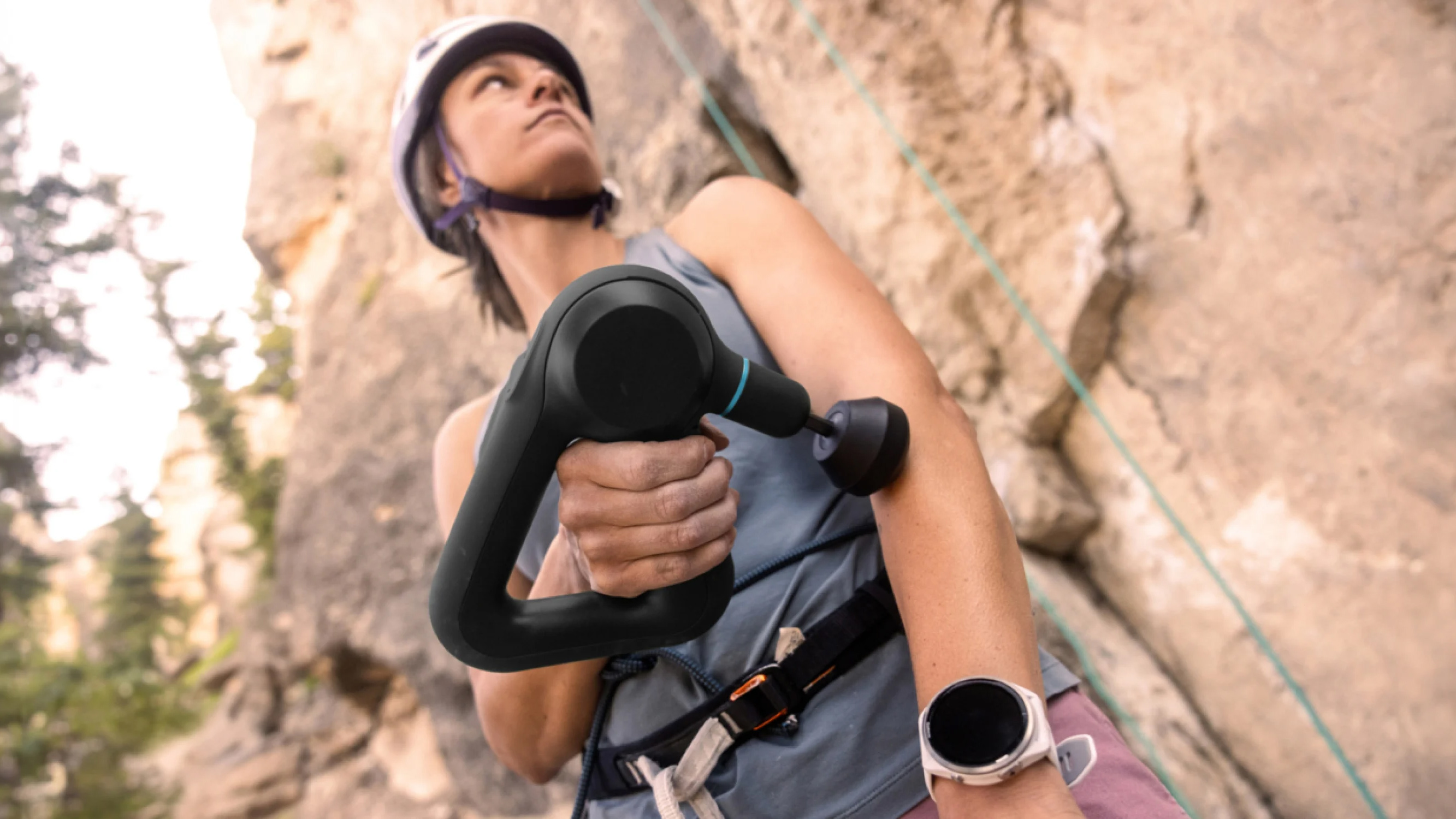 Fitness giants Garmin and Therabody join forces to make smart recovery even smarter
Fitness giants Garmin and Therabody join forces to make smart recovery even smarterGarmin and Therabody collaborate to bring AI-powered recovery to athletes
By Matt Kollat
-
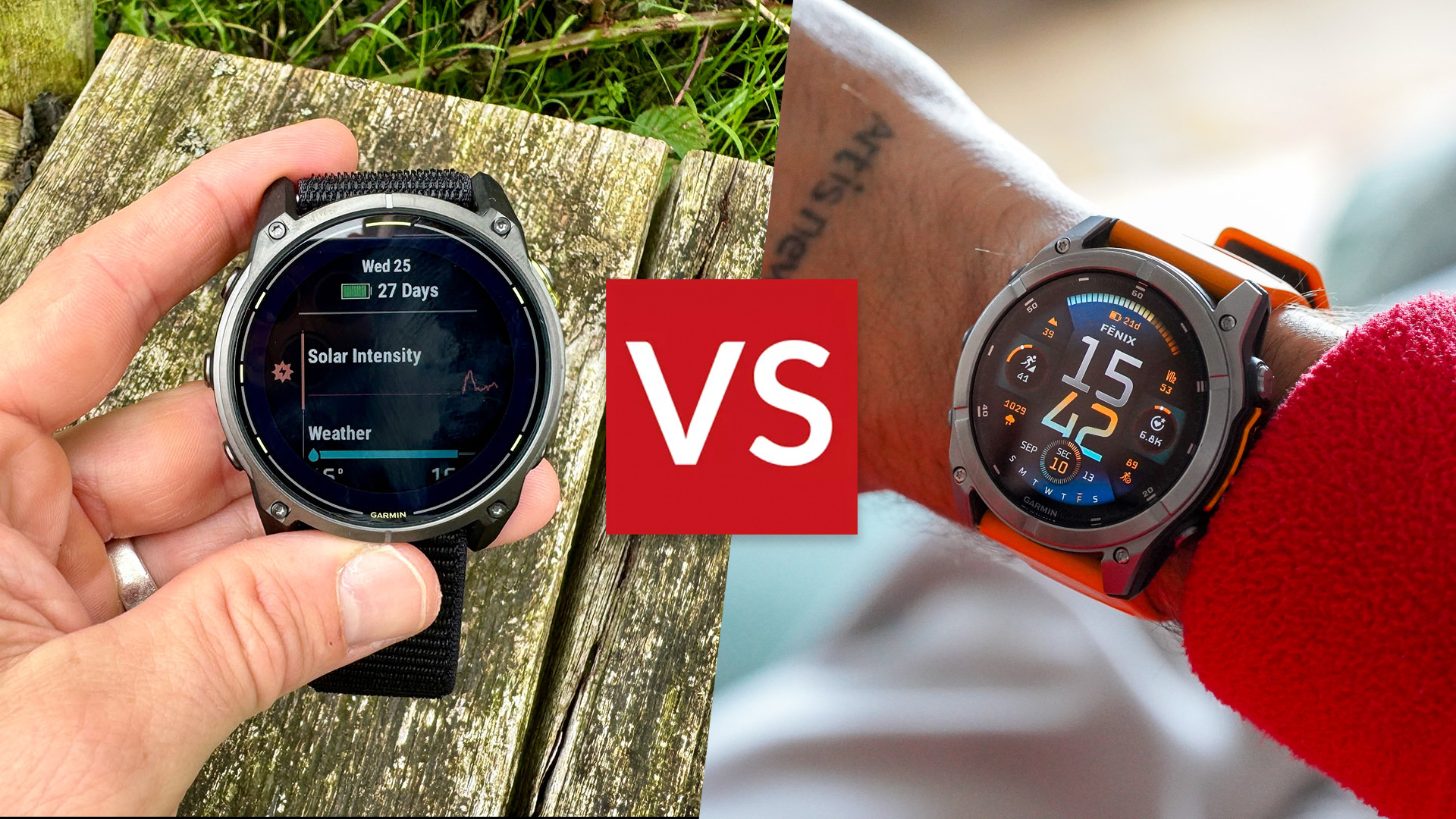 Garmin Enduro 3 vs Fenix 8: Which premium adventure watch is best for you?
Garmin Enduro 3 vs Fenix 8: Which premium adventure watch is best for you?Garmin's top multisport watches go head-to-head, but which one offers the features, battery life, and design you need for your adventures?
By Leon Poultney
-
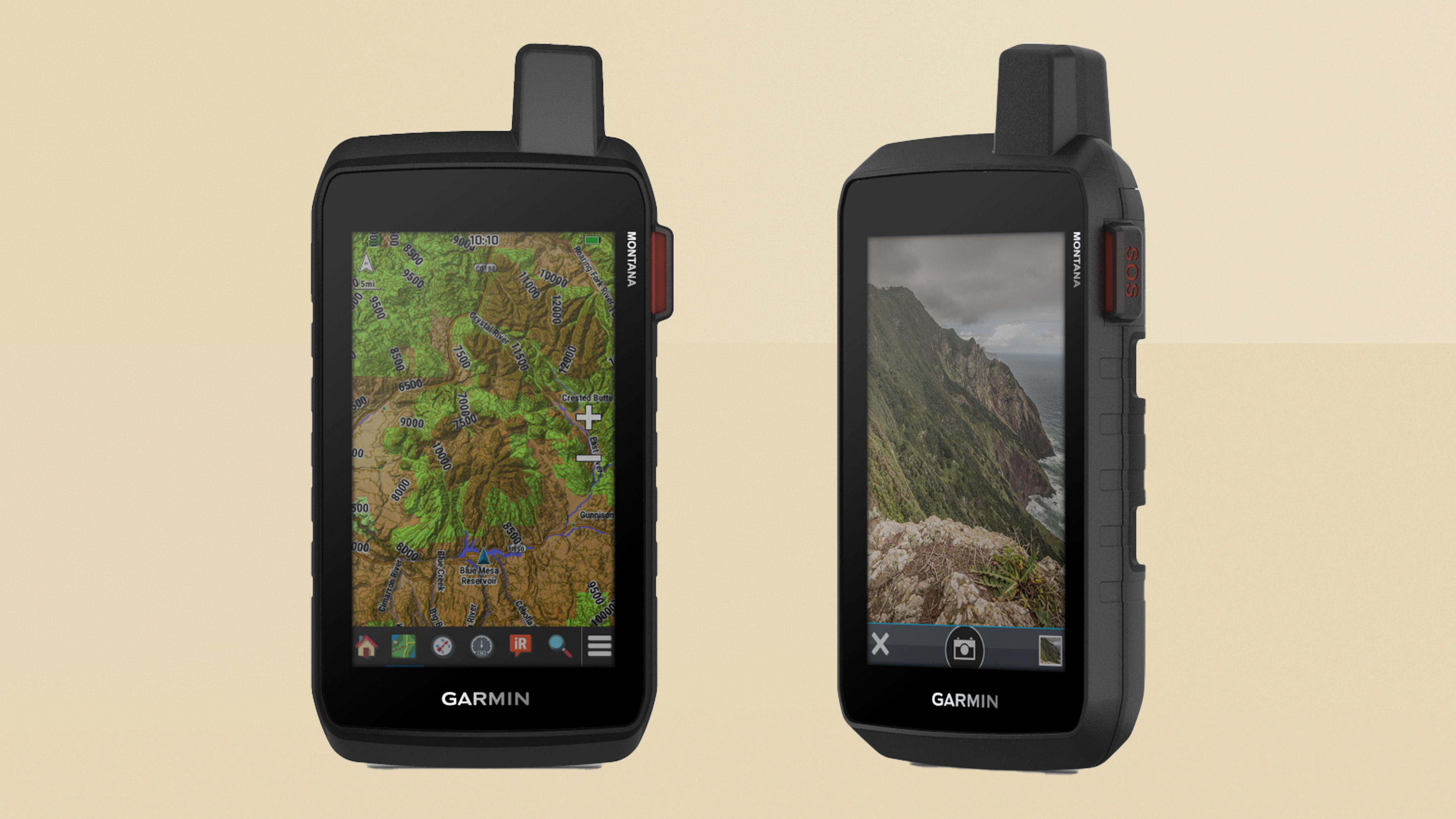 Garmin Montana series goes off-road with built-in SOS and mapping features
Garmin Montana series goes off-road with built-in SOS and mapping featuresThe Montana 710, 710i, and 760i boast global maps, rugged durability, and inReach satellite communication
By Matt Kollat